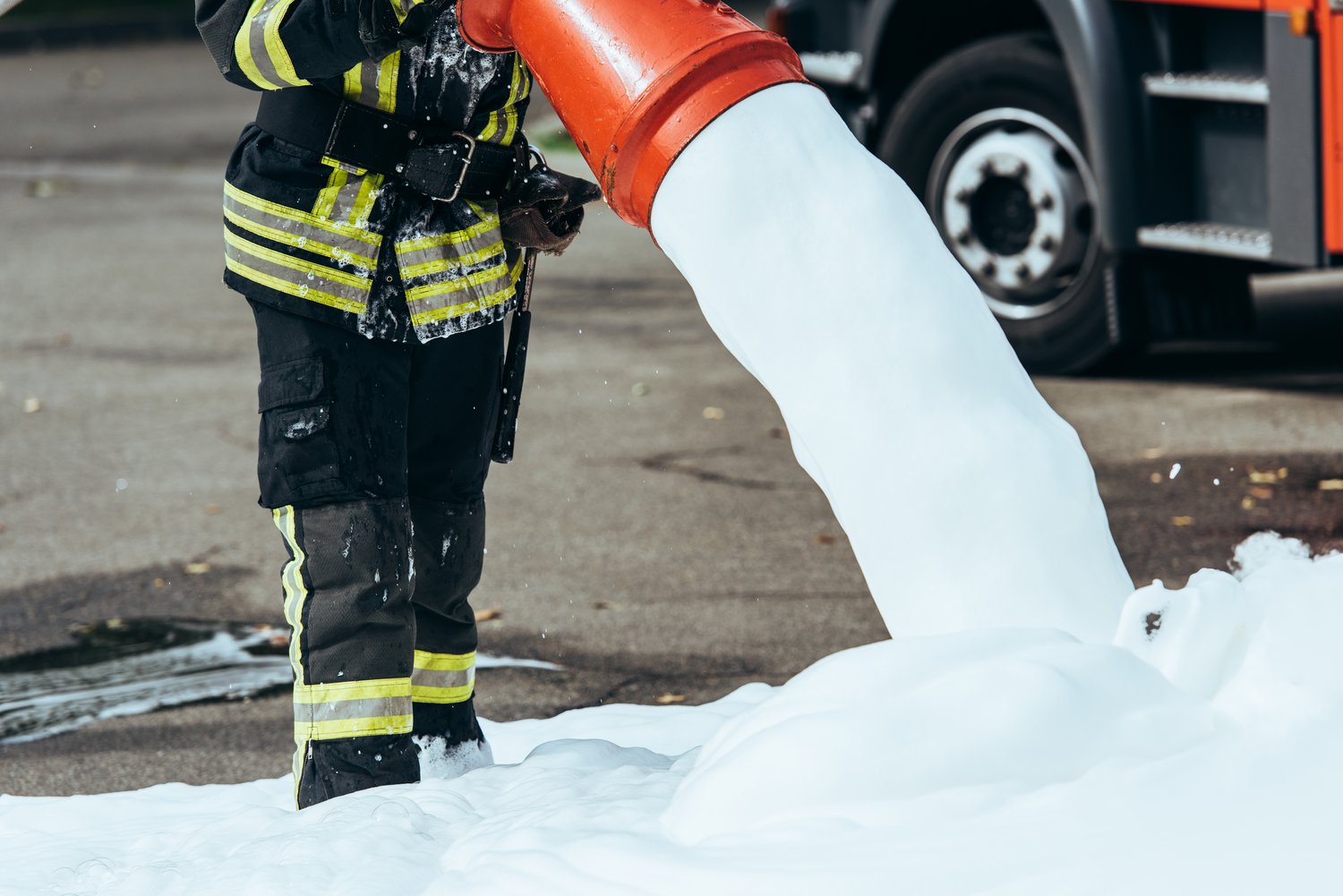Understanding the importance of fire hydrants
Fire hydrants are crucial components of fire safety systems. These devices provide a reliable water source for firefighters during emergencies. Hydrants come in two main types: outdoor and indoor. Outdoor hydrants are typically found on streets and in public spaces. Internal hydrants are located inside buildings for quick access. Both types play a vital role in fire suppression efforts.
The National Fire Protection Association (NFPA) reports that fire departments respond to approximately 1.3 million fires annually in the United States. Proper hydrant maintenance and accessibility can significantly impact response times. Regular inspections and tests ensure that hydrants function correctly when needed. Municipalities often conduct biannual checks on public hydrants.
Hydrants https://onninen.pl/en/products/Safety-and-fire-protection/Hydrants vary in flow rates, typically ranging from 500 to 2,500 gallons per minute. The specific flow rate depends on factors such as water main size and pressure. Understanding these specifications is essential for proper hydrant selection and placement. Building owners and facility managers should consult with fire safety experts to determine the most suitable hydrant configuration for their property.
Selecting the right outdoor hydrants for your property
Outdoor hydrants are designed to withstand various weather conditions. These devices are typically made of cast iron or ductile iron for durability. The standard color for public hydrants in many areas is red, though some municipalities use different colors to indicate flow rates. Private hydrants may have alternative color schemes based on local regulations.
When choosing outdoor hydrants https://onninen.pl/en/products/Safety-and-fire-protection/Hydrants/Outdoor-hydrants, consider factors such as water pressure, flow rate, and freeze protection. Dry barrel hydrants are commonly used in colder climates to prevent freezing. Wet barrel hydrants are more suitable for warmer regions. The hydrant’s outlet configuration is another important consideration, with most models featuring two 2.5-inch outlets and one 4.5-inch steamer connection.
Proper placement of outdoor hydrants is crucial for effective fire protection. The NFPA recommends a maximum distance of 300 feet between hydrants in urban areas. This spacing ensures that firefighters can quickly access water from multiple points. For large properties or industrial sites, additional hydrants may be necessary to provide adequate coverage. Consult local fire codes and regulations to determine the specific requirements for your area.
Implementing internal hydrants for enhanced building safety
Internal hydrants provide an additional layer of fire protection within buildings. These systems are especially important in high-rise structures, large commercial spaces, and industrial facilities. Internal hydrants allow firefighters to connect their hoses directly to the building’s water supply, reducing response time and increasing efficiency.
There are two main types of internal hydrant systems: wet and dry. Wet systems are constantly filled with water and are ready for immediate use. Dry systems contain pressurized air or nitrogen and are filled with water only when activated. The choice between wet and dry systems depends on factors such as building layout, climate, and local regulations.
Internal hydrants https://onninen.pl/en/products/Safety-and-fire-protection/Hydrants/Internal-hydrants should be strategically placed throughout the building. The NFPA recommends installing hydrants near stairwells and other key access points. The maximum distance between internal hydrants typically ranges from 100 to 200 feet, depending on local codes. Regular inspection and maintenance of these systems are essential to ensure their reliability in emergencies.
Maintaining hydrants for optimal performance
Proper maintenance is crucial for ensuring that hydrants function correctly when needed. Regular inspections should include visual checks for damage, leaks, or obstructions. The American Water Works Association (AWWA) recommends annual flow testing for all hydrants. This process involves measuring the water flow and pressure to verify that the hydrant meets performance standards.
Lubrication of moving parts is an important aspect of hydrant maintenance. Apply food-grade lubricant to caps, nozzles, and operating nuts annually or as recommended by the manufacturer. In colder climates, winterization procedures may be necessary to prevent freezing. This process typically involves draining water from the hydrant barrel and applying antifreeze solutions.
Record-keeping is essential for effective hydrant maintenance. Maintain detailed logs of all inspections, tests, and repairs. These records can help identify patterns of wear or damage and inform future maintenance schedules. Many municipalities and property managers now use digital asset management systems to track hydrant maintenance and performance data.
Ensuring compliance with fire safety regulations
Compliance with local, state, and national fire safety regulations is crucial for property owners and managers. The NFPA 25 standard provides guidelines for the inspection, testing, and maintenance of water-based fire protection systems, including hydrants. Familiarize yourself with these standards and any additional local requirements to ensure your hydrants meet all necessary regulations.
Regular training for staff members on hydrant use and maintenance procedures is essential. This training should cover topics such as proper operation, emergency protocols, and basic troubleshooting. Consider partnering with local fire departments for joint training exercises to improve coordination and response times.
Documentation is key to demonstrating compliance with fire safety regulations. Keep detailed records of all hydrant-related activities, including:
- Installation dates and specifications
- Inspection and testing results
- Maintenance and repair history
- Staff training records
These records should be readily available for review by fire marshals or other regulatory authorities.





